When selecting a tool seat, the first consideration should be ergonomics and comfort. A well-designed seat will help reduce strain and fatigue during long hours of work. Look for seats with adjustable height, lumbar support, and cushioning that provides adequate support to your lower back and spine.
Tool seats are often subjected to rough use in workshops and garages. Therefore, choosing a seat made from durable materials is crucial. High-quality leather, reinforced plastic, or heavy-duty vinyl are excellent choices for longevity. Ensure that the seat's frame is constructed from sturdy materials like steel or aluminum to withstand constant use.
Consider the mobility of the tool seat. Seats with caster wheels can offer great mobility, allowing you to move around your workspace with ease. However, it's essential that these wheels have locks to provide stability when needed. A seat that balances mobility and stability will enhance your efficiency and safety.
Many tool seats come with built-in storage features such as drawers, trays, or pockets. These are incredibly useful for keeping your tools organized and within easy reach. Evaluate your storage needs and choose a seat that provides the right amount and type of storage options to keep your workspace tidy.
It's important to check the weight capacity of the tool seat. Make sure it can comfortably support your weight plus any additional weight from tools you might carry. Overloading a seat beyond its weight limit can lead to damage and reduce its lifespan. Choose a seat with a higher weight capacity for added safety and durability.
Tool seats come in a wide range of prices. While it might be tempting to go for the cheapest option, consider the features and quality you are getting for your money. A slightly higher investment in a quality seat can pay off in the long run. Additionally, check the warranty offered by the manufacturer. A good warranty can provide peace of mind and protect your investment.
Q: Why is ergonomic design important for tool seats?
A: Ergonomic design helps reduce physical strain and discomfort, promoting better posture and preventing injuries, especially during prolonged use.
Q: How do I maintain my tool seat to ensure its longevity?
A: Regularly clean the seat and inspect for any signs of wear and tear. Tighten any loose bolts and lubricate moving parts if necessary. Following the manufacturer’s maintenance guidelines will also help extend its lifespan.
Q: Are there specific features I should look for in a tool seat if I have back problems?
A: Yes, look for seats with adjustable lumbar support, adequate cushioning, and the ability to adjust the seat height to maintain a comfortable and healthy posture.
Q: Can I replace the casters on my tool seat?
A: In most cases, yes. Many tool seats allow for caster replacement. Ensure you purchase the correct size and type of casters that are compatible with your seat.
Q: Is it worth investing in a more expensive tool seat?
A: While a higher price doesn’t always guarantee better quality, more expensive tool seats often offer superior comfort, durability, and additional features that can enhance your productivity and overall satisfaction.
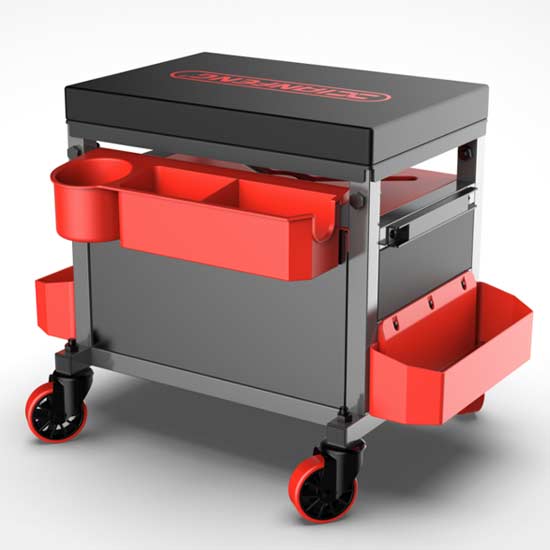 Tool seat
Tool seat
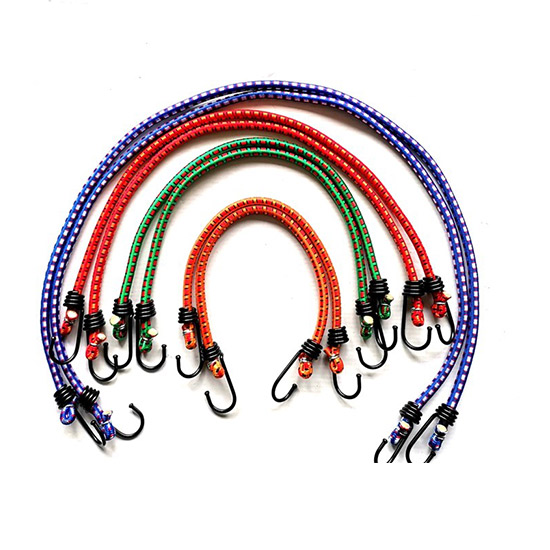 Stretch Cord
Stretch Cord
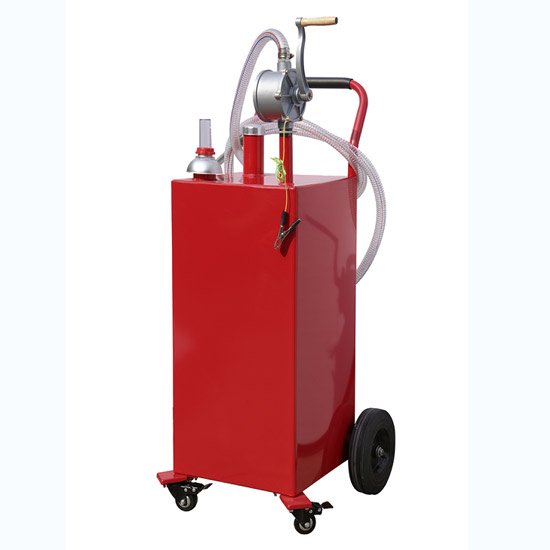 Oil Pump
Oil Pump
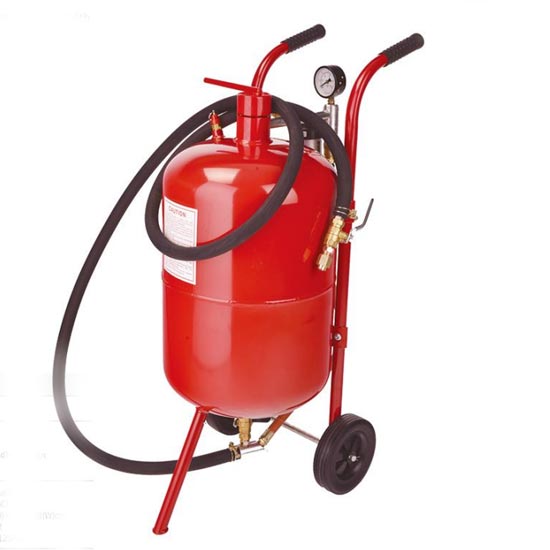 Sandblast Pot
Sandblast Pot
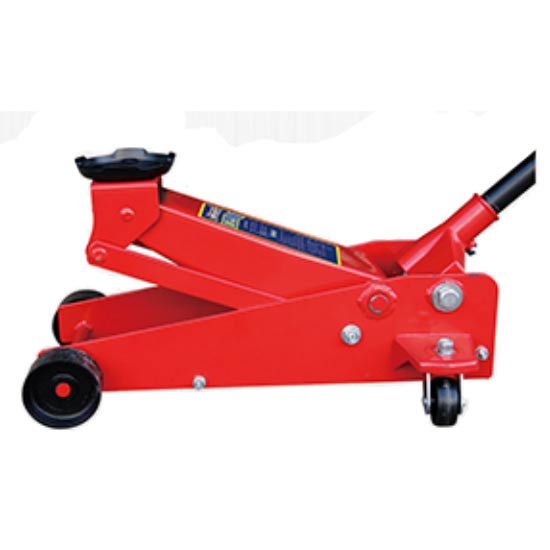 2.25 Ton Hydraulic Floor Jack
2.25 Ton Hydraulic Floor Jack
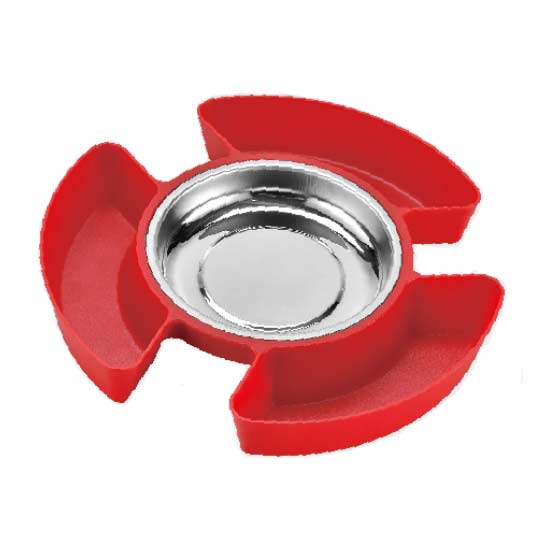 Magnetic Tray With Tool Plate
Magnetic Tray With Tool Plate
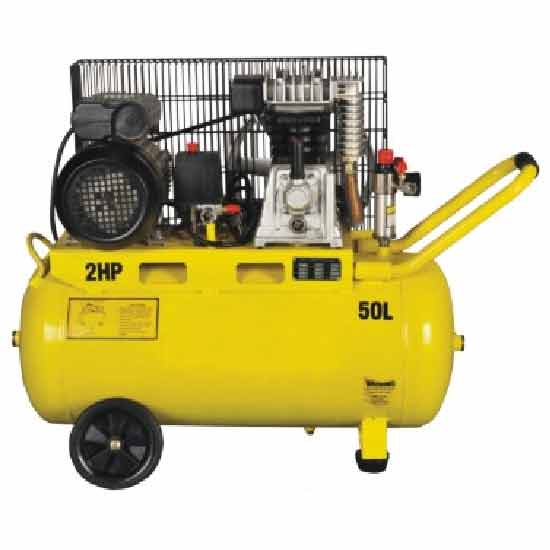 Single-stage Air-cool Movable Air Compressor
Single-stage Air-cool Movable Air Compressor
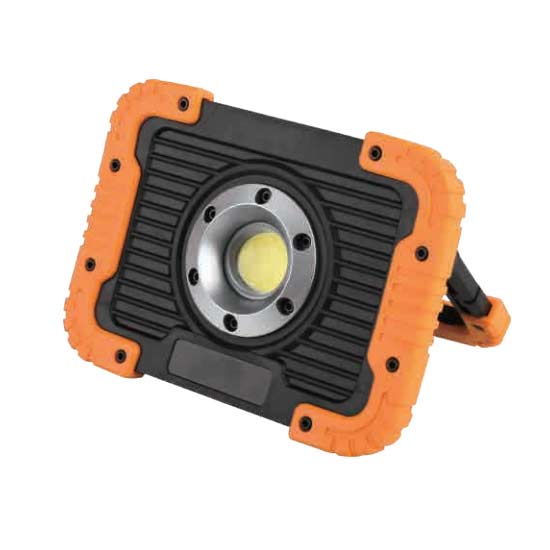 10W Rechargeable Led Flood Light
10W Rechargeable Led Flood Light
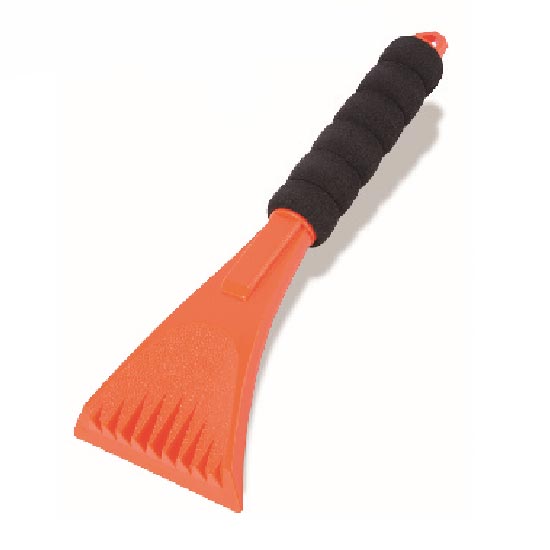 Ice Scraper
Ice Scraper
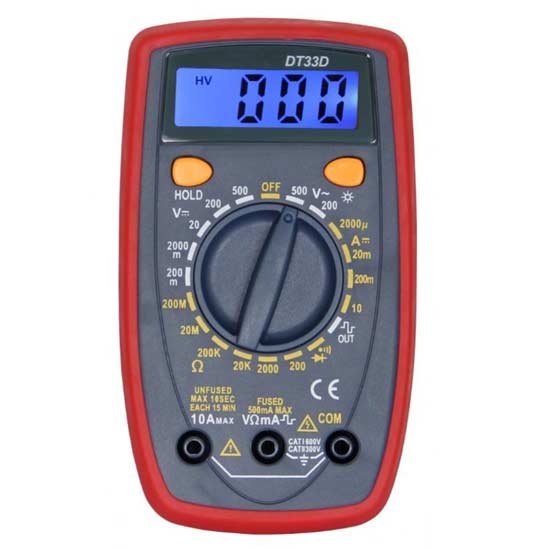 Small Multimeter with Backlight
Small Multimeter with Backlight
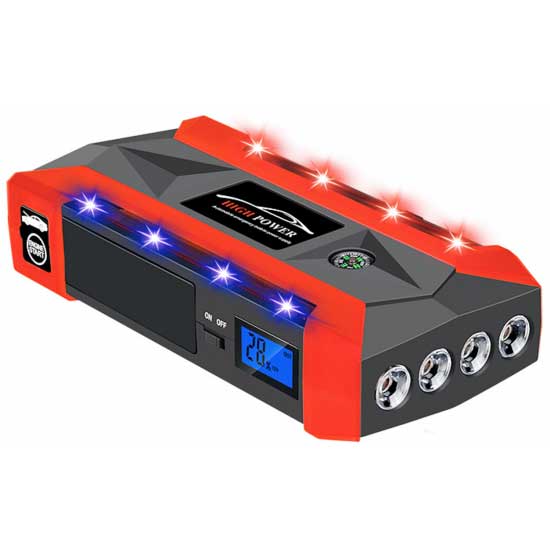 Jump Starter With 4 Led Lights
Jump Starter With 4 Led Lights
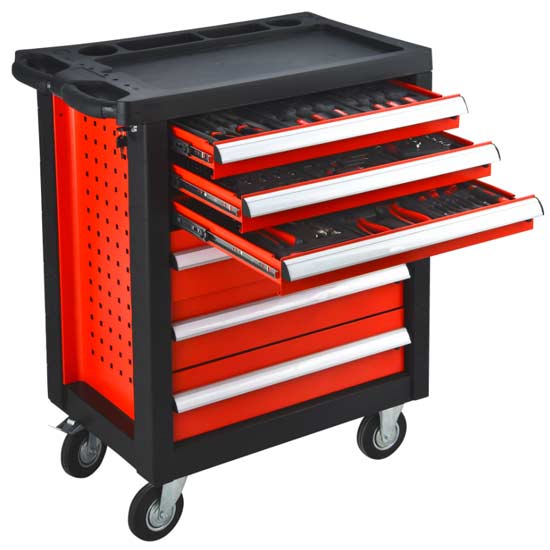 Steel Tool Cabinet
Steel Tool Cabinet
 Large Tool Cabinet
Large Tool Cabinet
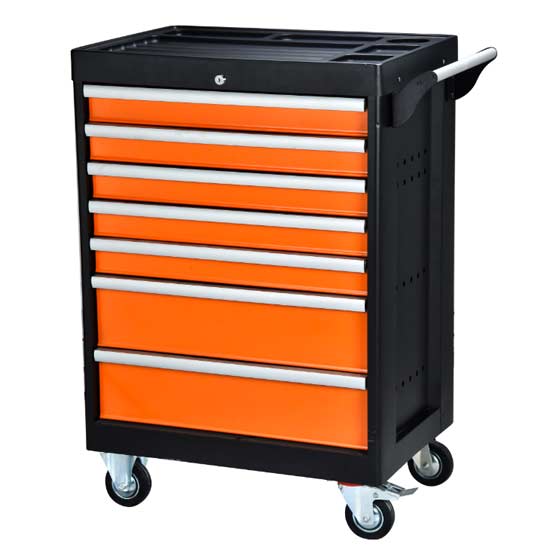 Tool Storage Cabinet
Tool Storage Cabinet
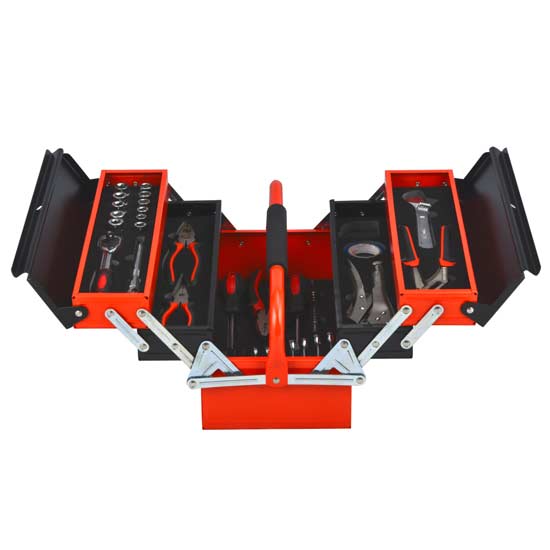 Metal Tool Box
Metal Tool Box
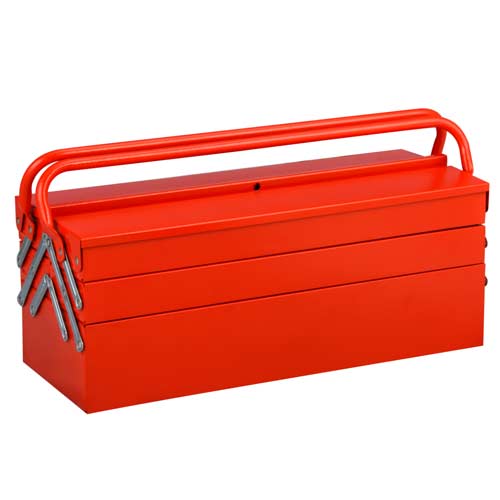 Large Metal Tool Storage Box
Large Metal Tool Storage Box
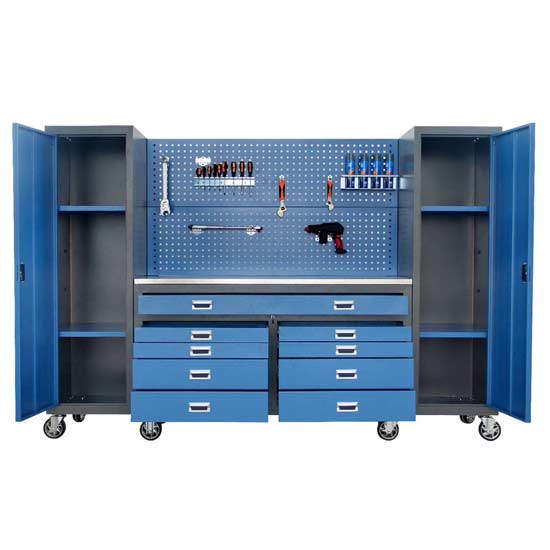 Blue Metal Tool Cabinet
Blue Metal Tool Cabinet
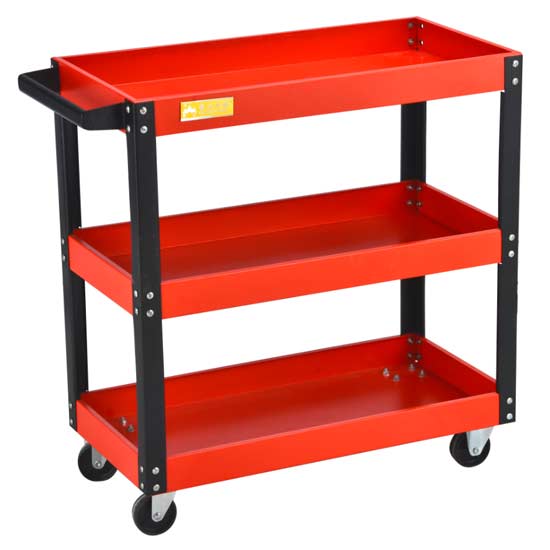 Red Steel Tool Trolley
Red Steel Tool Trolley
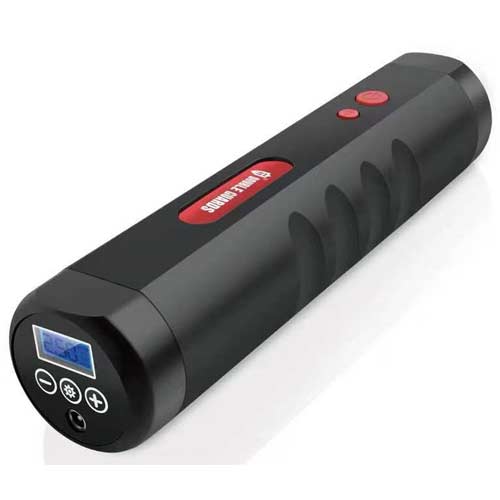 Portable Tire Inflator
Portable Tire Inflator
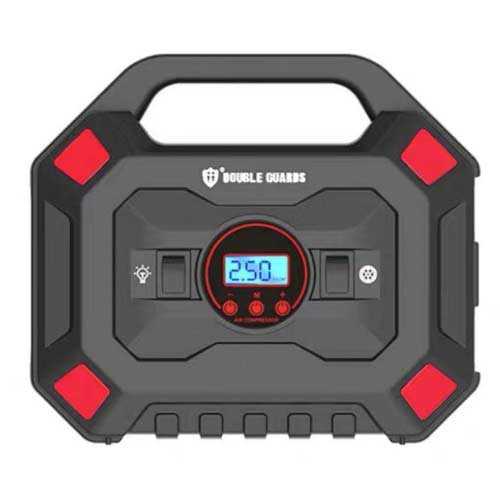 Custom Tire Inflator
Custom Tire Inflator
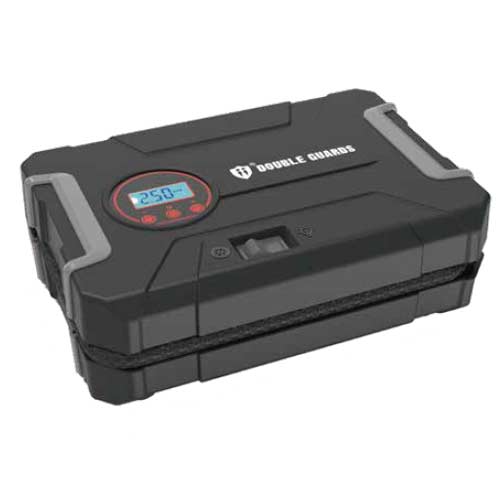 Tire Pressure Pump
Tire Pressure Pump
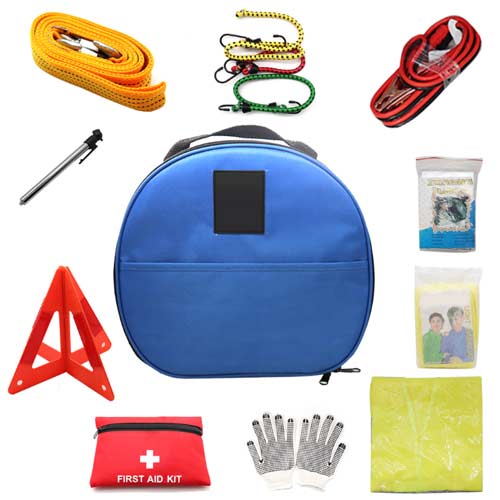 Auto Emergency kit
Auto Emergency kit